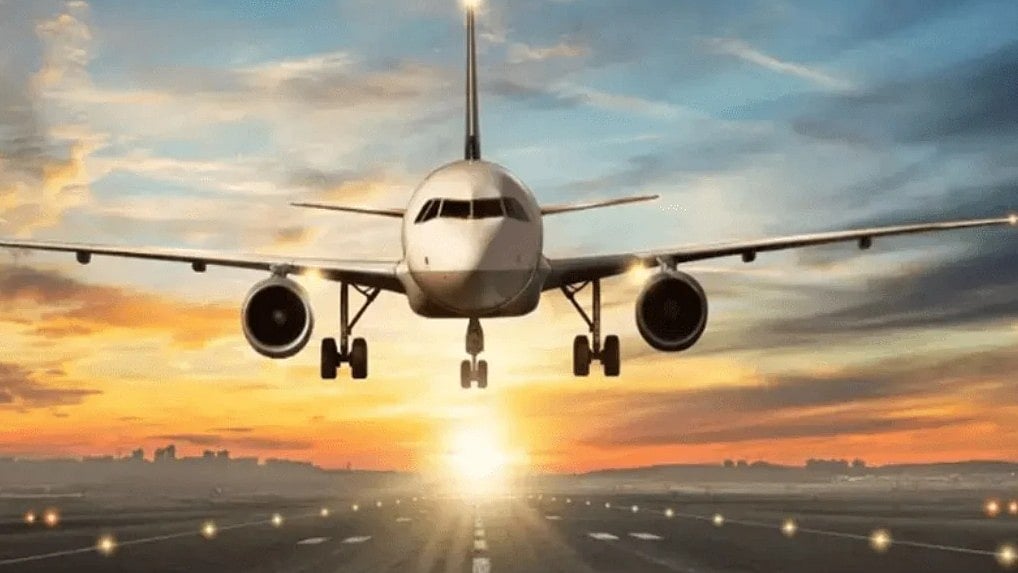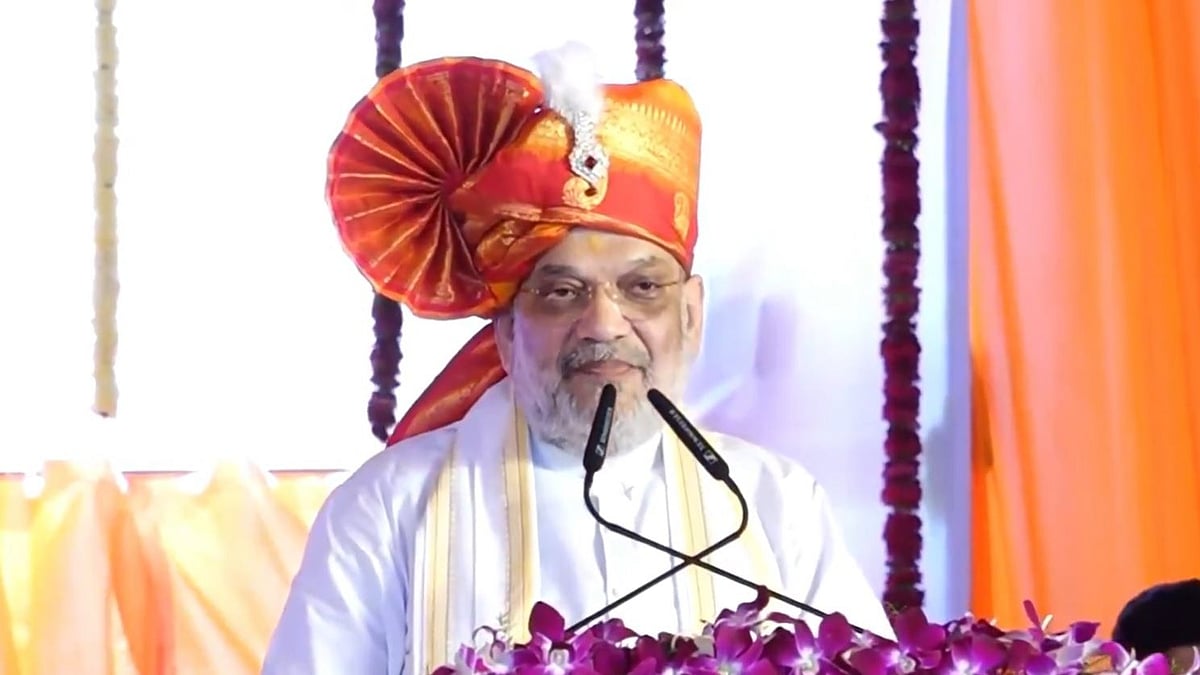New Delhi: India’s aviation sector is set for a major transformation as the country’s two busiest cities, Delhi and Mumbai, are about to get brand new airports likely this month.
As part of the government’s big infrastructure push, Navi Mumbai International Airport (NMIA) expected to open on October 8, followed by Noida International Airport (NIA) on October 30.
With these two additions, both megacities will no longer depend on a single major airport to handle the massive flow of passengers.
The new facilities promise to ease congestion, offer better flight schedules, and open more direct international connections.
This development is expected to bring India’s aviation infrastructure closer to that of global hubs such as New York, London, Tokyo, and Paris, where multiple airports serve the same city.
The launch of NMIA and NIA marks a significant shift for India’s aviation landscape, which has long relied on one main airport in each major city despite rapidly increasing air traffic.
Goa had already set an example by becoming India’s first multi-airport city when Mopa Airport opened in January 2023 alongside the existing Dabolim Airport.
For passengers, the new airports mean more travel options and smoother connectivity not just between Delhi and Mumbai but across a wider global network.
For airlines such as IndiGo, Air India, and Akasa, the upcoming airports will allow for major capacity expansion and new route opportunities.
Industry experts believe that the new airports will turn Delhi-NCR and Mumbai-MMR into true global aviation hubs, helping Indian carriers compete more strongly with airlines from the Middle East and Europe.
The companies behind these ambitious projects -- GMR, Flughafen Zurich, and Adani -- expect passenger traffic at the new airports to quickly match or even surpass their existing terminals.
While Mumbai and Goa’s current airports are already operating near full capacity, Delhi’s Indira Gandhi International Airport still has some room to grow with its three terminals and four runways.
However, the launch of Noida International Airport could accelerate Delhi’s emergence as India’s largest air hub.
Goa’s recent experience shows the potential impact. Between April 2018 and March 2019, Dabolim handled 84.6 lakh passengers. After Mopa Airport began operations in January 2023, combined traffic at both airports rose to 1.1 crore passengers in 2023–24.
Delhi and Mumbai are expected to see even bigger gains, especially as Delhi will effectively operate three airports once Hindon Airbase, currently used for regional and low-cost flights, expands its capacity.










